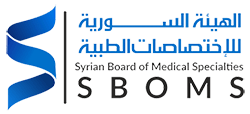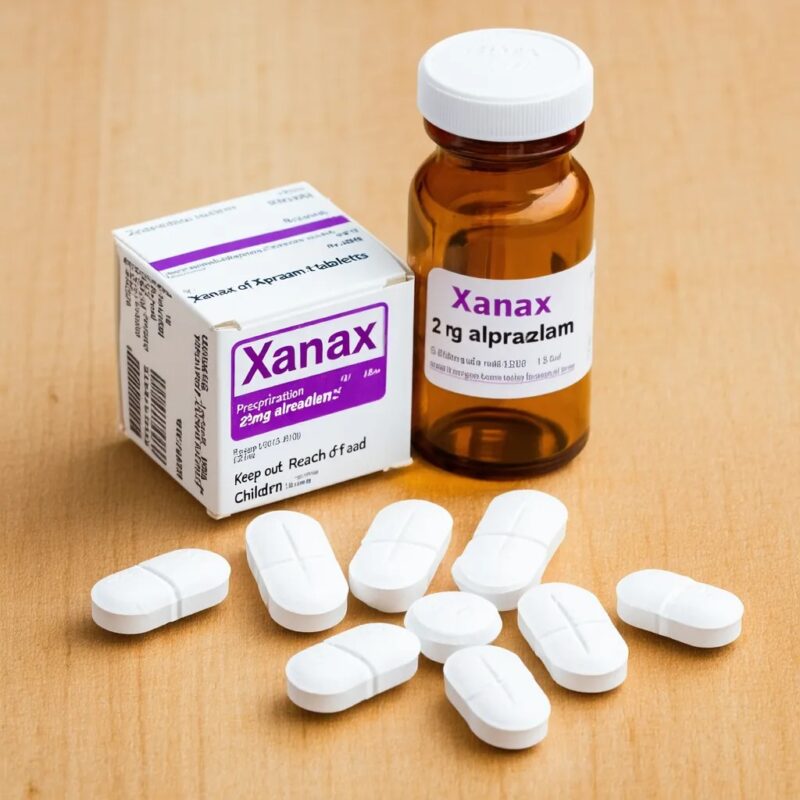Introduction
Benzodiazepines are sedative and hypnotic medications used to treat anxiety disorders, insomnia, and also serve as an adjunct in surgical anesthesia. These drugs primarily modulate GABA receptors, the major inhibitory neurotransmitter in the central nervous system, thereby exerting a calming effect and managing symptoms effectively. When used within recommended doses and under medical supervision, benzodiazepines are relatively safe and effective. However, an overdose can lead to serious complications, including respiratory depression, which can be life-threatening.
This clinical case details the management of a 23-year-old female patient who was brought to the emergency department in a state of complete unconsciousness after an overdose of clonazepam. Immediate medical intervention, which included endotracheal intubation and the administration of the antidote flumazenil, underscores the importance of prompt response and adherence to effective treatment protocols in managing cases of drug toxicity.
Case Presentation
Patient Information
- Age and Gender: Female, 23 years old.
- Medical History: No known chronic diseases or prior medical conditions. No history of previous overdose attempts.
Clinical History
Reason for Admission:
The patient was brought to the emergency department in a state of complete unconsciousness after ingesting 10 tablets of clonazepam (2mg) approximately 30 minutes before arrival. The role of the family was crucial in providing accurate information regarding the amount and timing of the ingestion, which helped guide the medical team promptly towards appropriate therapeutic interventions.
Initial Symptoms Upon Arrival:
o Absence of response to auditory or painful stimuli.
o Spontaneous breathing with pallor and cyanosis.
o Frothy discharges from the mouth without signs of tongue biting.
o Pinpoint pupils bilaterally.
o Blood pressure 110/50 mmHg, heart rate 140 beats per minute, temperature 38.5°C, and oxygen saturation 94%.
Clinical Examination
- Respiratory System: Coarse crackles audible in both lung fields, suggesting possible aspiration pneumonia.
- Gastrointestinal System: Abdomen soft and responsive.
- Nervous System: Absence of pupillary reflex, with Glasgow Coma Scale (GCS) recorded at 4/15, and negative Babinski reflex bilaterally.
- Cardiovascular System: Normal heart sounds (S1 and S2), regular rhythm.
Diagnostic Investigations
Laboratory Tests:
- WBC: 6.9 × 10^3/µL
- Hb: 11.5 g/dL
- Platelets: 219 × 10^3/µL
- Blood Glucose: 138 mg/dL
- CRP: 2 mg/L
- Urea: 29 mg/dL
- Creatinine: 0.9 mg/dL
- Liver Enzymes (SGPT: 36 U/L, SGOT: 31 U/L)
- Arterial Blood Gases (ABG) (pH: 7.47, PCO2: 39 mmHg, PO2: 100 mmHg)
Chest X-ray: Normal.
ECG: Normal.
Therapeutic Intervention
- Emergency Measures: The patient was transferred to the intensive care unit with endotracheal intubation to secure the airway. The airway was cleaned using saline, and atracurium was administered for muscle relaxation and sedation using a ketamine pump. The patient was placed on mechanical ventilation with a Pressure Regulated Volume Control (PRVC) mode, chosen for its ability to provide optimal balance between tidal volume and airway pressure, enhancing adequate ventilation in acute respiratory failure.
- Antidote Administration Flumazenil: An initial dose of 0.2mg was given intravenously, followed by repeated doses until reaching a maximum of 3mg. The patient showed a gradual improvement in consciousness but remained unable to protect the airway adequately.
Treatment Plan
- Gastric Lavage: Gastric lavage was performed using 1 liter of saline and activated charcoal at a dose of 1g/kg to minimize further absorption of the ingested drug.
- Bowel Irrigation: Polyethylene glycol was administered at a rate of 1.5 liters/hour for 3 hours to ensure complete bowel clearance.
- Supportive Treatment:
o Aspiration Pneumonia Coverage: Ceftriaxone 2g once daily, and [Metronidazole Flagyl 500mg three times daily.
o Supportive Medications: Omeprazole 40mg once daily, Ondansetron 8mg three times daily, and )Paracetamol( Acetaminophen 1g as needed.
Follow-Up
Twelve hours post-intervention, the patient exhibited improved consciousness and was successfully weaned from mechanical ventilation. Supportive treatment and anti-inflammatory coverage were continued.
Discharge Plan
Upon stabilization, the patient was discharged home with the following prescription:
- Antibiotic: Augmentin 1g twice daily for 7 days, with instructions to consult a physician if any side effects appear.
- Gastric Protection: Lansoprazole 30mg once daily for 14 days to prevent gastrointestinal complications.
- Pain Reliever: Paracetamol 1g as needed, not exceeding a daily maximum dose of 4g to prevent hepatotoxicity.
Conclusion
This case emphasizes the importance of prompt, well-organized therapeutic intervention in cases of benzodiazepine poisoning, with particular focus on the use of appropriate antidotes like flumazenil to mitigate toxic effects. Additionally, the role of family members in providing essential information for rapid diagnosis and timely intervention is highlighted. This report also underscores the need for evidence-based treatment protocols to ensure optimal therapeutic outcomes and safeguard patient life.
Disclaimer:
This clinical case was managed by the two doctors: Dr. Heba Ateeq and Dr. Aziza Obaid, residents of the internal medicine specialty, under the supervision of the specialist doctor Dr. Abdul Rahman Suleiman, supervisor in the Scientific Council for Internal Diseases, at Sham Specialized Hospital for Internal Diseases, supported by the Sham Humanitarian Foundation.

